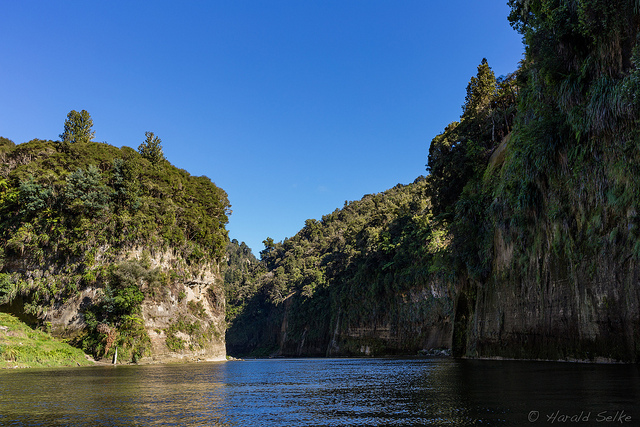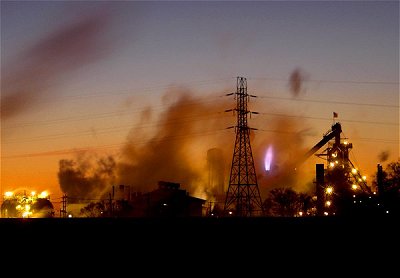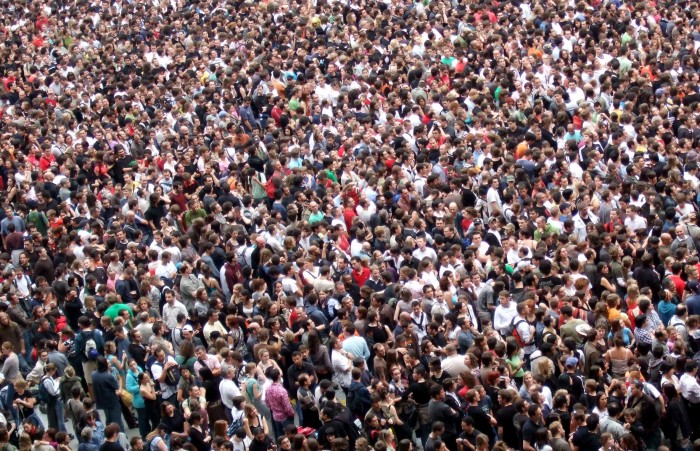As a student of the University of California, I have been fortunate to engage in scholarly discussion in classrooms, offices, and outdoor campus spaces with students and professors from multiple disciplines. The University of California has not only provided me with a well-rounded education but has also encouraged me to seek opportunities to delve deeper into my passions, exercise my critical thinking abilities, and thrive in life after college. Attending higher education has provided me with the tools needed to navigate my environment with an analytical eye, and encouraged me to apply these abilities and seek positive change. Entering my fourth and final year as an undergraduate student, I have learned from various classes and conversations that implementing change is a collective and collaborative effort, one meant to reconstruct and redefine systemic institutions and hegemonic social structures and discourses, rather than just individual actions. While my collegiate involvement with environmental protests, petitions, campaigns, and resolutions has taught me a great deal about challenging dominant environmental narratives and injustices, what has been absent from these experiences is how to define and place environmental issues into context, where social, economic, and political parameters of environmental issues are considered in understanding the dynamics of environmental issues and applying effective sustainable solutions.
It wasn’t until I became an anthropology student that I began to value the importance of a holistic perspective—more specifically, the need to redefine the common definition of sustainability as an individual lifestyle and to place environmental issues into local contexts when taking into consideration how to develop sustainable institutions, communities, and futures. Ethnographies, classes, and research experiences have opened my eyes to the complexities that exist within understanding and defining the boundaries of environmental issues, eliminating my naivety in believing there is any ease in achieving a just and sustainable environment.
My previous experiences with environmental and sustainable actions have been through campus clubs and campaigns. Most notable was my experience as Riverside campus campaign director with Fossil Free UC, a student-led fossil fuel divestment campaign supported by 350.org and the California Student Sustainability Coalition and composed of undergraduate and graduate students, faculty, and alumni. The campaign is geared toward divesting the UC endowment pool from the top 194 fossil fuel companies and reinvesting in socially and environmentally responsible campus developments and practices. Seven out of the ten UC campuses are participating in this campaign, which has attracted a large number of students who have expressed the need for the University of California to become a global leader in sustainable and environmentally responsible investments and practices. This campaign helped me realize the power and presence that student potential, collaboration, and inquiry can hold in targeting the larger, more powerful structures engendering environmental degradation. However, my research experiences this summer have provided me with a more in-depth understanding of the intricacies involved in addressing the sources, effects, and solutions to environmental issues.
This summer I have had the opportunity to partake in my first interdisciplinary research experience. The NSF-funded LAKES Research Experience for Undergraduates program is an interdisciplinary and applied research experience aiming to better understand the root causes of phosphorus pollution in the Red Cedar Water Basin (more specifically, in Lake Menomin and Tainter Lake) located in Menomonie, Wisconsin. The program has recruited ten undergraduate students studying anthropology, biology, economics, geochemistry, and sociology who are working to understand the multifaceted complexities of lake pollution. The lakes’ toxicity is due to cyanobacteria algal blooms from phosphorus runoff, largely from the commercial agricultural land that occupies most of central Wisconsin. Human activities of all kinds on the landscape have resulted in degraded water quality and have significantly impacted the biological, social, and economic diversity, such as decreased health of lake residents’ ecosystems, lower property values, decreased tourism and local business revenue, and a significant loss of a lively lake-centered community during summer months of algal blooms. Working under Dr. Tina Lee, I have been researching and interviewing community members of Menomonie and Dunn County to identify how lake quality affects lifestyles, local tourism, and local businesses’ success. As the lake is such a central and iconic asset of Menomonie, understanding the impacts of lake pollution on local business and tourism will generate a better assessment of how various residents of Menomonie and Dunn County consider the lakes and water quality to be central for community engagement. These engagements include recreational activities, tourism, businesses, annual community events, and political decisions that shape how sustainable and environmentally responsible solutions affect Menomonie’s economy and community identity.
While my experiences with Fossil Free UC and other environmentally centered activities have educated me on the structural causes leading to environmental degradation and the need for environmentally responsible practices, these past four weeks with the LAKES REU have already granted me a range of experiences that have redefined my understanding of what moving toward a more environmentally responsible and sustainable environment entails. While the REU’s goal is to provide a cohesive understanding of the causes of and, hopefully, solutions to the pollution in the Red Cedar Watershed, it wasn’t until this research experience that I acknowledged how sustainability exceeds protecting the future of natural resources. Prior to arriving in Menomonie, I understood that sustainability is more than individual choices of reusing, recycling, and having a general care for the tenability of natural resources; however, my previous experiences in environmental involvement had led me to believe that the ambition for equitable sustainable practices and developments was an easy achievement. Research in just these past four weeks has challenged these preconceived notions and expanded my definition of sustainability to include all aspects that affect or are affected by the water quality of the lakes, including the social, economic, and political spheres that shape Menomonie as a community. Expanding on my previous understanding of sustainability, I have begun to unravel the discourses hidden within environmental and sustainable development and am exploring how Menomonie and Dunn County community members alter and create spaces of identity in relation to water quality.
When I first arrived in Menomonie, I had the naïve understanding that almost all community members were in agreement about certain solutions for the lake pollution, and that it was only a matter of discussing how to implement them. As I began my research, I quickly realized that opinions vary and disagreements are common. Within these past four weeks, I have been introduced to the language and nuances of local and state politics that either allow or prevent environmental regulation. I have conversed with local residents, business owners, farmers, and council members who have expressed different opinions about the sources of pollution, who is responsible for dealing with it, what solutions are feasible, and even the relative importance of the lakes’ water quality. Where council members have implemented policies reflecting best management practices to curb future lake pollution, financial or community resources have prevented residents and other landowners from abiding by certain ordinances. Other community members have expressed concern regarding the effectiveness of policies targeting land ownership practices instead of the larger agricultural industries. Those involved in the business and tourism industry express the positive effects better water quality may have on the economic development of Menomonie and Dunn County but see little effort being made to bridge the lakes’ water quality with the local economy. Interdisciplinary research—including the construction of farmer social networks, evaluation of the impacts of water quality on the local economy, and education about the biological and geological research of cyanobacteria—has furthered my understanding of how various residents of Menomonie and Dunn County relate to each other and identify more positively with certain solutions and environmental ideologies than others.
Whereas my previous experiences in sustainable and environmental engagement targeted larger hegemonic structures of environmental degradation and approached sustainable efforts as easy routes, my current understanding of sustainability has developed dramatically. By understanding that the environment in which I am working extends beyond the physical boundaries of a waterway, I am subsequently realizing that environmental sustainability includes the careful consideration of a community’s social, economic, and political spheres, which underlie the success of sustainable solutions. Incorporating these spheres to generate a more holistic solution toward water quality is important to the well-being and longevity of sustainable practices so that policies and solutions implemented not only address the environmental issue at hand but also positively affect the rest of Menomonie’s community. As an anthropology student, my applied research has stressed that environmental sustainability cannot exist without taking into consideration how the implementation of environmentally sustainable policies affects, incorporates, or excludes those outside of the physical environment.
Melanie Ford is an undergraduate student of anthropology with a minor in gender and sexuality studies at the University of California, Riverside. As a graduate school hopeful, she will be applying to anthropology graduate programs this fall with interests in the intersections of political ecology, gender, science and technology studies, and sustainability with particular interests in food systems and energy.
Cite as: Ford, Melanie. 2015. “Sustainability: Beyond Natural Resource.” EnviroSociety. 22 July. www.envirosociety.org/2015/07/sustainability-beyond-natural-resources.


